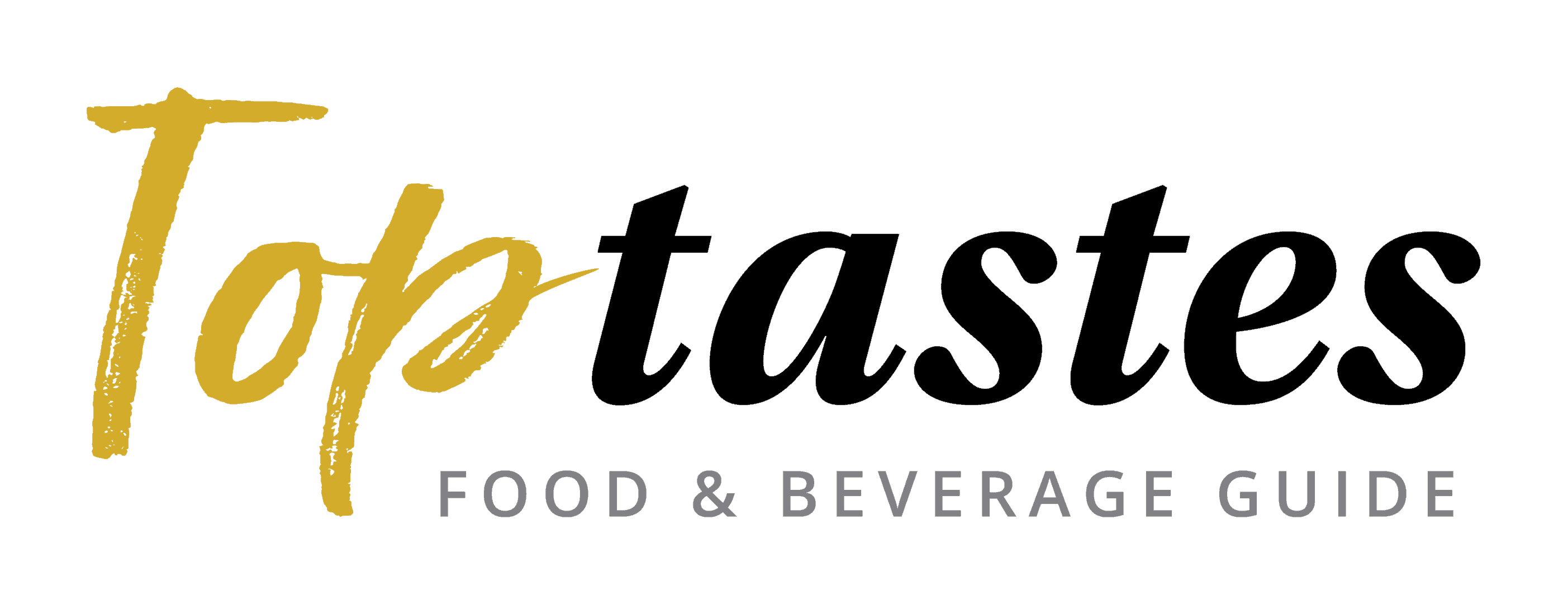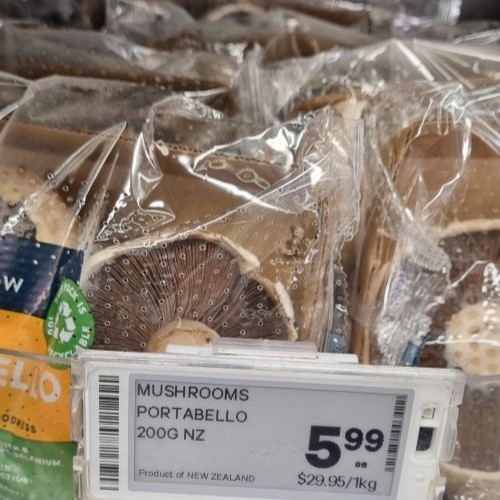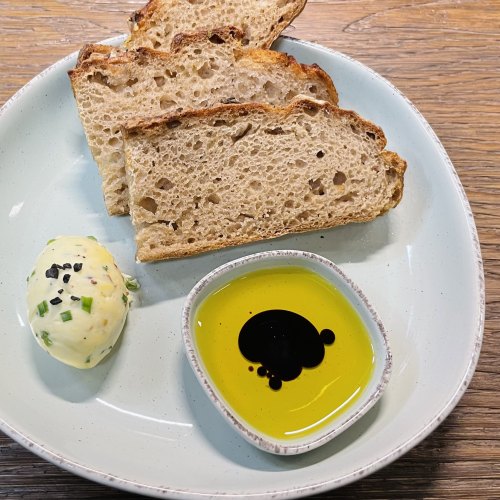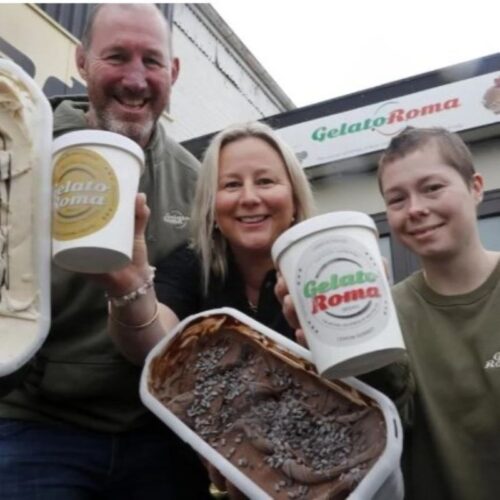The Grapes of Wrath: France's Great Wines Are Feeling the Heat – Pt1
This article is part one of a series sourced and reproduced from Spiegel Online International and written by Ullrich Fichtner with the original article translated from German to English by Christopher Sultan.
Thanks to Andreas Welte from Sustain-Ability/EcoGrape for bringing it to my attention.
The series of three parts discusses the effects of climate change in France and the impact it is having on different regions including Bordeaux, the Rhone and Languedoc
In the soft light of the chandeliers at Château Ausone, Alain Vauthier veers away from the issue at hand, taking flight into distant centuries, reaching for safe anecdotes, digressing into tales of the Wars of the Roses and racehorses, broken tractors and the bold adventures of his ancestors in Algeria. Against a backdrop of gold-colored silk tapestries, he mentions the ’47 Cheval Blanc he once drank, finds excuses to talk about lobsters and the early days of television, and to complain about French highway tolls that make it cheaper to fly with budget airlines — anything to avoid talking about the real issue, the issue one no one wants to talk about.
Twice, he says: “I’m not one of those who deny climate change,” and yet, in his elegant way, that’s exactly what he is doing. It’s all very complex, he says, an older man in a short-sleeved shirt who, as a winemaker, has managed to be ranked 273rd on the list of the wealthiest Frenchmen. Vauthier says there is certainly no “bon problème,” the term used in the region to refer to climate change until recently. But he does recognize that there is a “faux problème,” one that has been invented. Global warming hasn’t actually been all that disadvantageous, he says, at least not here in Bordeaux, or Bordelais, as the French call it, and certainly not in the vineyards of his Château Ausone, which is permitted to use the classification Saint-Emilion Premier Grand Cru Classé “A” for its wines.
Seven hectares, only seven (17 acres), are the source of its fame. The vineyard produces 12,000 bottles a year, and in good vintages, every one of those bottles is worth at least €1,500 ($1,910) in Tokyo, Hamburg and New York, even before the wine has aged. The business, if that’s what you can call the castle, has been in the hands of only four families in the last 400 years. The Vauthiers have been there for the last two centuries. Their cheerful château is perched on a rocky plateau above a world that looks like an oil painting, with its soft tiers of hillside vineyards extending into the wide Dordogne Valley, sprinkled with the silhouettes of church towers. It’s a location that Hugh Johnson, once anointed the pope of wines, characterized as “clearly the most promising in all of Bordeaux.” If it’s true, then Vauthier runs the best vineyard in France.
It’s highly likely that his history stretches back 2,000 years. In a conversation with Vauthier, it becomes very clear that someone with that much time on his side isn’t about to be deterred by a little hiccup of the present age. Why should someone whose wine has made him a millionaire complain about something as vexing as the weather and the climate? Should he be worried about the possibility of an impending wine crisis? “You’ll have to excuse me,” he says, as he gets up from a delicate-looking chair, “I have to get to work.” He walks away, across snow-white gravel, past the gate of his rock-cut cellar where oak barrels are stored in eternal darkness. Ten minutes later he returns, looking as refreshed as if he had taken a midday nap, and invites us to a tasting.
He pours a 2006 Ausone into the glasses, a wine as dark and dense as blood with a retail price of €600 per bottle, an edgy, promising and still untamed wine with sharp notes of Cabernet Franc.
Extreme Weather
As he takes a sip and spits it out again, Vauthier says, as if he had suddenly changed his mind: “The storms, well, perhaps they are getting worse.” He won’t forget the bad weather they had in the June before last, when a hailstorm came up from the southwest and descended upon a 12,000-hectare (30,000-acre) stretch of land. “Twelve-thousand hectares,” says Vauthier, “that’s never happened before.” Within minutes, 5,000 hectares of top-quality Bordeaux grapes were destroyed, “literally hacked to pieces,” says Vauthier. “Perhaps, monsieur, this is your climate change.”
Extreme weather is becoming more common in all of France’s wine-growing regions. Heavy rains and hailstorms frequently come on the heels of summer heat waves and dry periods. Winters and nighttime temperatures are so mild that the plants are never able to rest. Few winegrowers continue to deny these tangible phenomena.
On the other hand, it isn’t easy to perceive that the last three decades have been the warmest in the last 1,400 years. It’s hard to comprehend that the average annual temperature has increased by 1 degree Celsius (1.8 degrees Fahrenheit), that the Atlantic and the Mediterranean are warming almost imperceptibly, and that days are getting just slightly warmer. Human beings lack the natural sensors to detect such changes, but grapevines have them. The vines are suffering from ongoing stress, say some vintners. Vineyards are in turmoil, not just in France but also in Italy, Spain and all of Southern Europe — in all the places where it has always been warm and where it is now getting too hot.
‘We’ve Been Fighting Here Since 2008’
Vintners along the Rhône River, 500 kilometers (310 miles) east of Bordeaux, know what this means. The region is home to the large Guigal winery at Château d’Ampuis, a complex of old and new buildings less than half an hour south of Lyon. The château sits directly at the base of the small mountains that produce the Côte-Rôtie, the best location in the northern Rhône Valley. Signs bearing the names of vintners, who proudly mark their parcels, are posted like standards up and down the steep hillsides. This is one of the world’s oldest wine-growing regions, where the first vines were reportedly planted 2,400 years ago.
Philippe Guigal, born in 1975 and one of the biggest winemakers in the valley, is an enlightened man with a degree in enology. After a brief email exchange, he immediately invites us to meet with him. His grandfather, the founder of the company, personally picked and pressed 67 vintages along the Rhône, his father has 54 under his belt, and Philippe has already produced 17. Guigal begins the conversation by saying: “Climate change is a fact. Apparently there are still people who disagree.”
Guigal is a giant in the world of wine, a vintner, bottler and dealer in many large appellations along the Rhône. Every Frenchman and many wine drinkers in Europe are familiar with the brownish labels with a copper engraving, and the red, circular logo, symbols of decent quality in large quantities. An annual output of 5 million bottles isn’t unusual, of which 3.5 million bottles are filled with ordinary Côtes-du-Rhône red wines that sell for six or seven euros apiece. Guigal produces large amounts of Crozes-Hermitage, as well as Saint-Joseph, Côte-Rôtie and Condrieu, Gigondas and Tavel in the southern Rhône Valley, everything on a grand scale, and some high-quality wines, including the famed Châteauneuf-du-Pape. But temperatures are even getting too warm for that heavy wine, which has always thrived in the hot climate around Avignon.
The young Guigal tells us that he is about to go on an important business trip to Châteauneuf, necessary because “the problems are getting really serious there.” Seventy-five percent of the wine procuded by Châteauneuf-du-Pape is pressed from Grenache but the variety is no longer tolerating the heat. It’s become “stubborn” lately, as he puts it. The maturation processes in the grapes are impaired, he explains. The sugar content peaks too early, before the berries are completely ripe. Color, tannins and aromas are so far behind, says Guigal, that proper harvests become difficult. The quality of entire vintages is at risk. “We’ve been fighting here since 2008,” says Guigal. “The years since then have all been extremely dry. Nothing is getting easier.”
]]>


